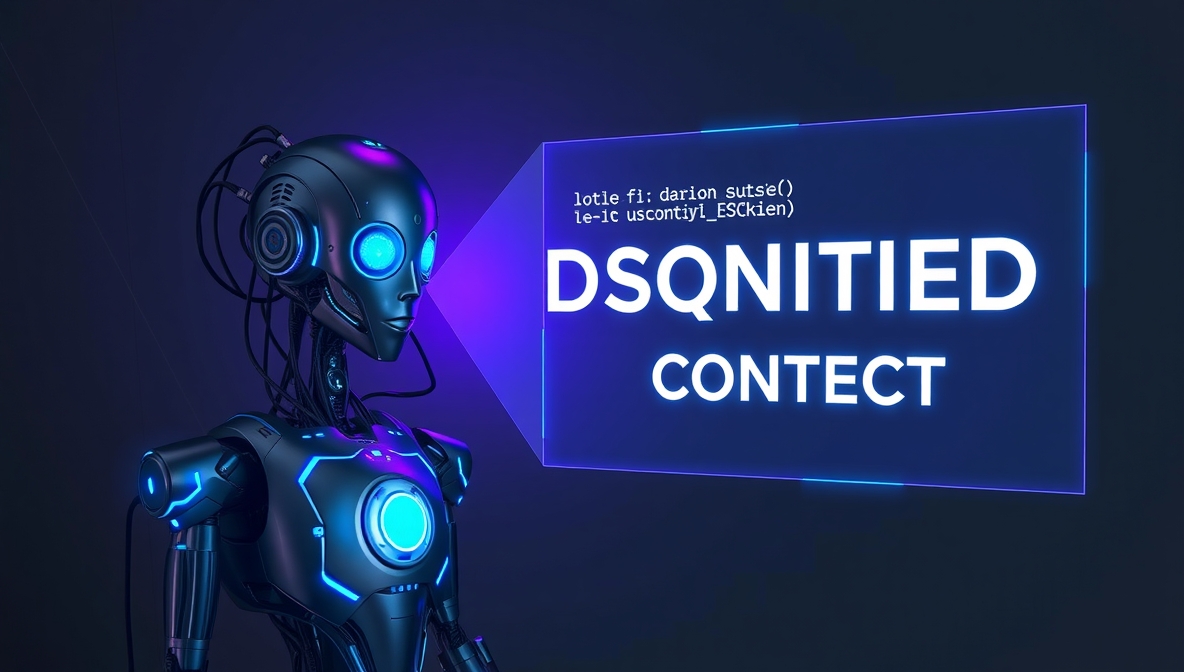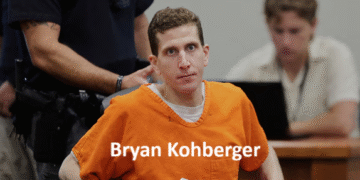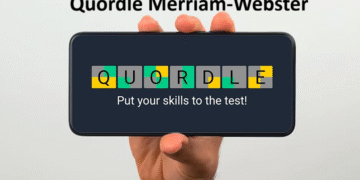Introduction: A New Language of Connection
Disquantified Contact In a world increasingly driven by numbers, algorithms, and measurable outcomes, our relationships, interactions, and even emotions are often reduced to data points. Likes, followers, engagement rates, views, conversion percentages — all have become the metrics by which we measure the value of contact. Yet beneath this quantified reality lies a quieter, more profound form of interaction that resists measurement and defies data-driven definitions. This is what scholars and thinkers have begun to describe as “disquantified contact.”
The concept of disquantified contact invites us to look beyond the numerical frameworks that dominate contemporary communication. It challenges the notion that value is always quantifiable and asks us to consider the immeasurable aspects of human interaction — the subtleties of presence, the unspoken emotional resonance, the shared silences, and the intangible moments of connection that cannot be captured by data.
In this article, we will explore the meaning of disquantified contact, its philosophical and cultural roots, its relevance in the digital age, and how embracing it can transform the way we relate to one another, to technology, and to ourselves.
Understanding Disquantified Contact

Disquantified contact refers to a mode of human interaction that exists beyond numerical measurement, beyond transactional logic, and beyond algorithmic capture. It is the quality of contact that is not defined by frequency, volume, or visibility but by depth, presence, and authenticity.
To understand this idea, we must first recognize how deeply quantification has shaped our understanding of contact. Digital communication platforms encourage us to measure our relationships: how many people viewed our story, how many connections we have, how often someone responds. These metrics create a feedback loop that often dictates how we perceive the importance or success of our interactions.
Disquantified contact, by contrast, resists this logic. It is the kind of presence where one meaningful conversation outweighs a hundred casual messages, where a moment of silence shared between friends can speak louder than hours of chatter, where a single act of kindness has more significance than a thousand social media engagements. It is a relational approach that prioritizes quality over quantity, experience over outcome, and essence over statistics.
The Philosophical Roots of the Concept
While the term “disquantified contact” is relatively new, the concept itself is rooted deeply in philosophical thought. Thinkers such as Martin Buber, Emmanuel Levinas, and Jean-Luc Nancy have explored different facets of this idea, consistently highlighting the importance of authentic encounter over objectification and instrumental use of relationships.
In his seminal work I and Thou, Martin Buber describes two fundamental ways of relating: the I-It and the I-Thou. The I-It relationship treats the other as an object to be used, analyzed, or measured, while the I-Thou relationship involves meeting the other as a presence — as an end in themselves rather than a means to an end. Disquantified contact resonates deeply with this second mode of relation, emphasizing genuine presence over transactional interaction.
Emmanuel Levinas expands this perspective by describing the face-to-face encounter as an ethical event that goes beyond comprehension, calculation, or measurement. The very presence of the other calls us into responsibility — a responsibility that cannot be reduced to metrics or quantified systems.
Meanwhile, Jean-Luc Nancy introduces the notion of being-with, proposing that existence itself is inherently relational. Human beings are always already in contact with others, and this contact is not something to be measured or commodified — it is a fundamental condition of existence.
Together, these philosophical insights show that disquantified contact is far more than a social preference or communication style. It represents an ethical orientation, a fundamental way of being, and a profound critique of modern society’s fixation on measurement and quantifiable outcomes.
Disquantified Contact in the Digital Age
The rise of digital communication technologies has radically reshaped the ways we connect and interact. Social media platforms, messaging apps, and virtual spaces have expanded the reach of our relationships, making it easier than ever to stay in touch across distances. Yet, this increased accessibility has also deepened our dependence on metrics. We now tend to measure our social value through likes, shares, and comments, while friendships are often evaluated by message counts, response times, and visible activity. Even our professional relationships are frequently judged by the number of connections we accumulate rather than the depth of those relationships.
Within this metric-driven environment, disquantified contact has become both more difficult to sustain and more essential to pursue. Digital platforms, by design, encourage shallow interactions and reward quantity over quality, often prioritizing visibility over authenticity. However, beneath the constant flow of data and notifications, there is a growing longing for deeper, more meaningful connection — for conversations that extend beyond a simple “seen” status, for communities that value genuine engagement rather than follower counts, and for relationships that cannot be reduced to algorithms or gamified interactions.
Embracing disquantified contact in the digital age means consciously resisting the pressures of superficial communication. It involves choosing depth over reach, prioritizing a few sincere conversations over countless shallow exchanges. It calls for valuing presence, offering full attention in a world that constantly fragments our focus. It requires rejecting performative interaction, resisting the urge to curate a polished version of our social lives solely for public consumption. And it encourages embracing slowness, allowing relationships to unfold naturally without the constraints of metrics, timelines, or expectations.
The Emotional and Psychological Impact
The obsession with quantification in communication is not without consequences. Studies have shown that constant exposure to social media metrics can lead to anxiety, low self-esteem, and feelings of inadequacy. When our sense of connection is tied to numbers, our self-worth becomes precarious and externally defined.
Disquantified contact offers a path toward emotional liberation. By shifting our focus from how much interaction we have to how meaningful that interaction is, we can cultivate deeper, more fulfilling relationships. We begin to value presence over popularity and sincerity over visibility.
Moreover, disquantified contact nurtures emotional intelligence and empathy. It requires us to be attentive to subtle cues, to listen deeply, and to engage with others as whole beings rather than as data points. This attentiveness fosters trust, intimacy, and a sense of belonging — qualities that cannot be measured but are essential for human flourishing.
Disquantified Contact and Technology: Friends or Foes?
One might assume that technology is inherently opposed to disquantified contact, since digital platforms are largely driven by metrics, visibility, and monetization. However, technology itself is neutral; its impact depends on how we design, use, and interact with it. Thoughtfully applied, technology can actually support authentic connection rather than undermine it, offering new ways to engage meaningfully despite the pressures of the digital environment.
There are several approaches to fostering disquantified contact through technology. Platforms can design for depth, prioritizing meaningful engagement over vanity metrics by limiting public like counts or promoting longer-form conversations. Private spaces, such as encrypted messaging apps and small-group platforms, encourage intimate and less performative interactions. Additionally, mindful use — setting boundaries, curating digital environments, and focusing on tools that support quality over quantity — ensures that technology aligns with deeper relational values. The key is intentionality; disquantified contact does not require rejecting technology, but rather using it to nurture presence, authenticity, and genuine connection.
Cultural and Social Implications
The dominance of quantified contact is not just a personal or psychological issue; it has broader cultural and social implications. In a society obsessed with numbers, even our collective relationships — between citizens, institutions, and communities — risk becoming transactional.
Disquantified contact offers a counter-narrative. It suggests a cultural shift toward valuing the unmeasurable aspects of social life: solidarity, compassion, hospitality, and mutual care. It challenges institutions to see people not as data points or consumers but as human beings. It invites communities to rebuild trust and belonging in ways that cannot be captured by analytics.
This shift is particularly important in areas like education, healthcare, and social justice, where the temptation to reduce human needs to measurable outcomes often leads to dehumanization. Disquantified contact reminds us that what matters most in these domains — understanding, empathy, presence — is precisely what cannot be measured.
Practical Ways to Cultivate Disquantified Contact
While the concept may sound abstract, there are concrete ways to integrate disquantified contact into our daily lives. Here are some practices to consider:
Deep Listening: Instead of waiting for your turn to speak, focus entirely on understanding the other person. Listen not just to their words but to their emotions, pauses, and silences.
Intentional Presence: When engaging with someone, be fully present. Put away your phone, resist the urge to multitask, and offer your undivided attention.
Unstructured Time: Allow conversations and relationships to unfold without agenda or time pressure. The most meaningful connections often arise spontaneously.
Vulnerability and Openness: Share your authentic self without worrying about how it will be received or measured. Vulnerability invites depth and trust.
Limit Metrics: In your digital life, consider hiding like counts, unfollowing metrics-driven accounts, or focusing on smaller, private spaces for interaction.
Value the Small: Recognize that a single heartfelt message or a brief moment of shared silence can have more impact than a flurry of superficial exchanges.
The Future of Human Contact: A Disquantified Vision
As we look toward the future, the tension between quantified and disquantified modes of contact is likely to intensify. Advances in artificial intelligence, augmented reality, and data analytics will continue to push the boundaries of what can be measured. Yet at the same time, the hunger for authenticity, presence, and meaning will only grow stronger.
In this landscape, disquantified contact offers a powerful vision. It is not a rejection of progress but a call to rehumanize it. It asks us to design technologies, build institutions, and shape cultures that honor the immeasurable aspects of being human. It reminds us that the essence of connection — the spark that makes relationships transformative — lies precisely in what cannot be counted.
Conclusion: Beyond the Numbers
We live in a world obsessed with quantification. But not everything that matters can be measured, and not everything that is measured matters. Disquantified contact invites us to step outside the logic of metrics and rediscover the profound, immeasurable dimensions of human connection.
It is in the disquantified space — in the quiet conversation that changes a life, in the fleeting moment of understanding, in the presence that requires no words — that we encounter one another most deeply. It is here, beyond the numbers, that we remember what it truly means to be human.

















































































